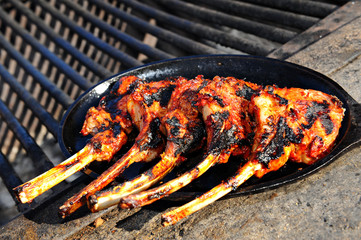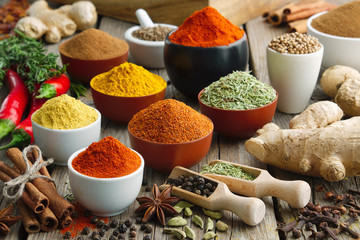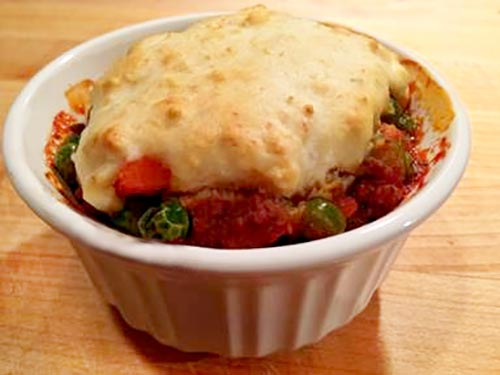
Earlier on in the pandemic, Superior Farms discussed how more Americans were purchasing lamb due to shortages of other proteins at stores. This development led to more households discovering that lamb has both a texture and flavor profile that perfectly lends itself to some of our favorite methods of cooking. Grilling, a favorite summer pastime for home cooks, is by far one of Superior Farms’ preferred methods for preparing lamb. Still, while the results of grilling lamb can be great, there are a few mistakes that one should be sure to avoid during preparation to end up with the best possible product. In this article, Superior Farms lists a few of the most common mistakes that home cooks make while preparing lamb as well as how to best avoid them.
Not Bringing Lamb to Room Temperature Before Grilling
Superior Farms acknowledges that novice home cooks often overlook the importance of bringing their lamb to room temperature before grilling. Lamb should never go directly from the cold temperatures of your refrigerator to a screaming hot grill for a couple reasons. For starters, forgetting this step could lengthen your cook time, which could cause annoyance or impatience if you were hoping to finish your task quickly. From a quality perspective, a cut of lamb that went directly to the grill from the fridge could cook unevenly as a result. To avoid these issues when barbequing lamb, aim to give the meat an hour or so to come to room temperature first.

Under Seasoning or Over Marinating
Lamb’s flavor profile is full of personality and can be a bit more intense than more mild meats such as pork or chicken. Because of this quality, Superior Farms suggests avoiding underseasoning your lamb and pairing its flavor with a seasoning profile that plays to its strengths. For example, a wide variety of herbs and spices go hand in hand with lamb, and you can certainly use creative license to pick seasonings that best suit your taste. Spices that exhibit a smokey flavor, such as cumin and paprika, work tremendously for grilled lamb as they are a great match for the charred flavor that the cooking method imparts. On the opposite end of the spectrum, Superior Farms notes that some home cooks tend to overmarinate lamb they are going to grill. Long periods of time submerged in acidic marinade can break down the proteins within the meat and make it take on a mushy texture. To avoid this mistake, marinate lamb well under the amount of time you would marinate a protein such as chicken or pork. Home cooks should also remember that they can skip marinating altogether if they like, because lamb is already plenty tender.
Overcooking or Undercooking
When many of us barbecue, we tend to eyeball the meat to assess its doneness. For lamb on a hot grill, Superior Farms notes that this approach can easily lead to either undercooked or overcooked and dried out product. This is especially the case when you consider that many home cooks do not have as much experience cooking lamb as other proteins. To take out the guesswork from the barbecue equation this summer, opt for an instant-read meat thermometer. For a bone in lamb leg, rib roast, or rack of lamb, cook until the reading from the thickest part is 145°F for medium-rare, 160°F for medium, or 170°F for well-done.
Mistreating Lamb After Cooking
After making it through hurdles that trip up many home cooks while barbequing, you are already at your goal of perfectly cooked lamb. Unfortunately, even a perfectly cooked cut can be imperfectly prepared. One of the biggest mistakes that Superior Farms notices home cooks make when barbecuing is not letting meat rest before slicing. Resting is a critical step because it allows the meat to reabsorb moisture from the cooking process and, if you cut before allowing time to rest properly, the all-important juices may spill out. To avoid making this mistake, Superior Farms recommends letting lamb rest for 10 to 15 minutes after removing it from the grill. Another common mistake made by home cooks is botching the slicing after letting the meat rest. Always remember to avoid slicing lamb with the grain, as this will result in overly chewy pieces of meat. Instead, slice your lamb against the grain, as it will cut across the muscle fibers within the meat and result in tender pieces.



